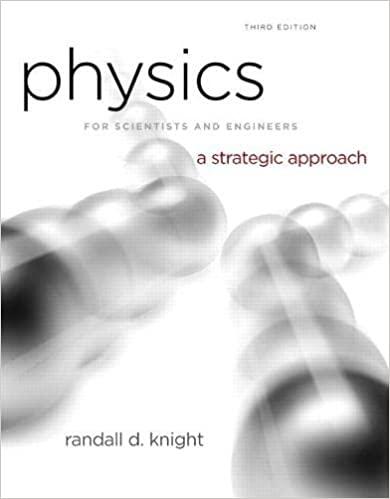It might seem strange that in beta decay the positive proton, which is repelled by the positive
Question:
It might seem strange that in beta decay the positive proton, which is repelled by the positive nucleus, remains in the nucleus while the negative electron, which is attracted to the nucleus, is ejected. To understand beta decay, let’s analyze the decay of a free neutron that is at rest in the laboratory. We’ll ignore the antineutrino and consider the decay n → p+ + e–. The analysis requires the use of relativistic energy and momentum, from Chapter 36.
a. What is the total kinetic energy, in MeV, of the proton and electron?
b. Write the equation that expresses the conservation of relativistic energy for this decay. Your equation will be in terms of the three masses mn, mp, and me and the relativistic factors γp and γe .
c. Write the equation that expresses the conservation of relativistic momentum for this decay. Let v represent speed, rather than velocity, then write any minus signs explicitly.
d. You have two simultaneous equations in the two unknowns vp and ve. To help in solving these, first prove that γv = (γ2 – 1)1/2c.
e. Solve for vp and ve. (It’s easiest to solve for γp and γe, then find v from γ.) First get an algebraic expression for each, in terms of the masses. Then evaluate each, giving v as a fraction of c.
f. Calculate the kinetic energy in MeV of the proton and the electron. Verify that their sum matches your answer to part a.
g. Now explain why the electron is ejected in beta decay while the proton remains in the nucleus.
Step by Step Answer:

Physics For Scientists And Engineers A Strategic Approach With Modern Physics
ISBN: 9780321740908
3rd Edition
Authors: Randall D. Knight





